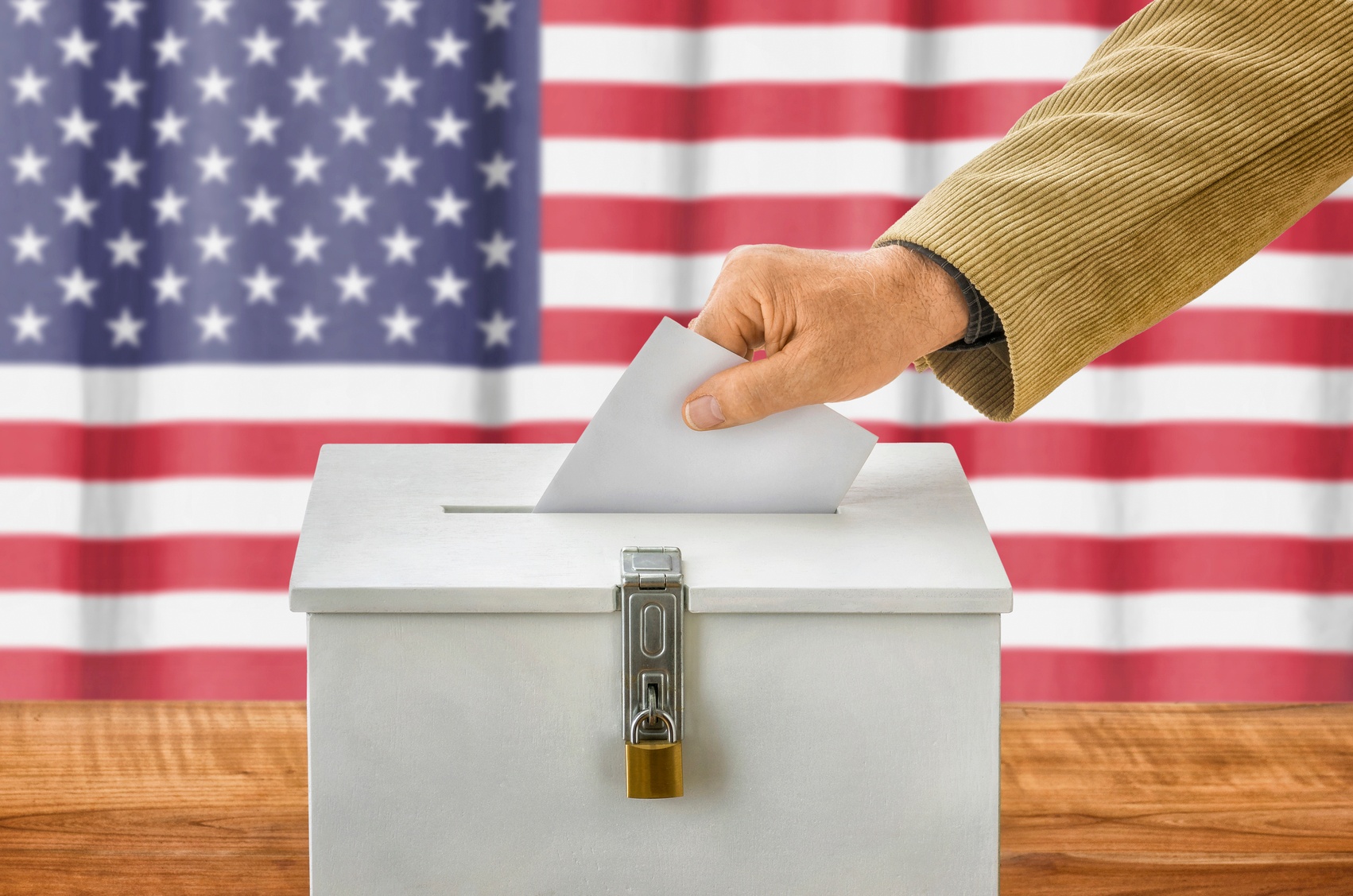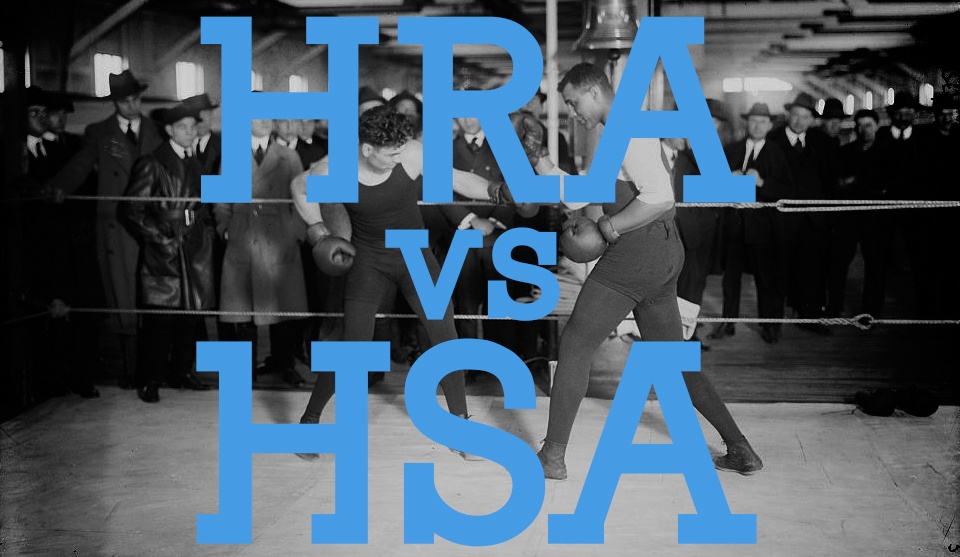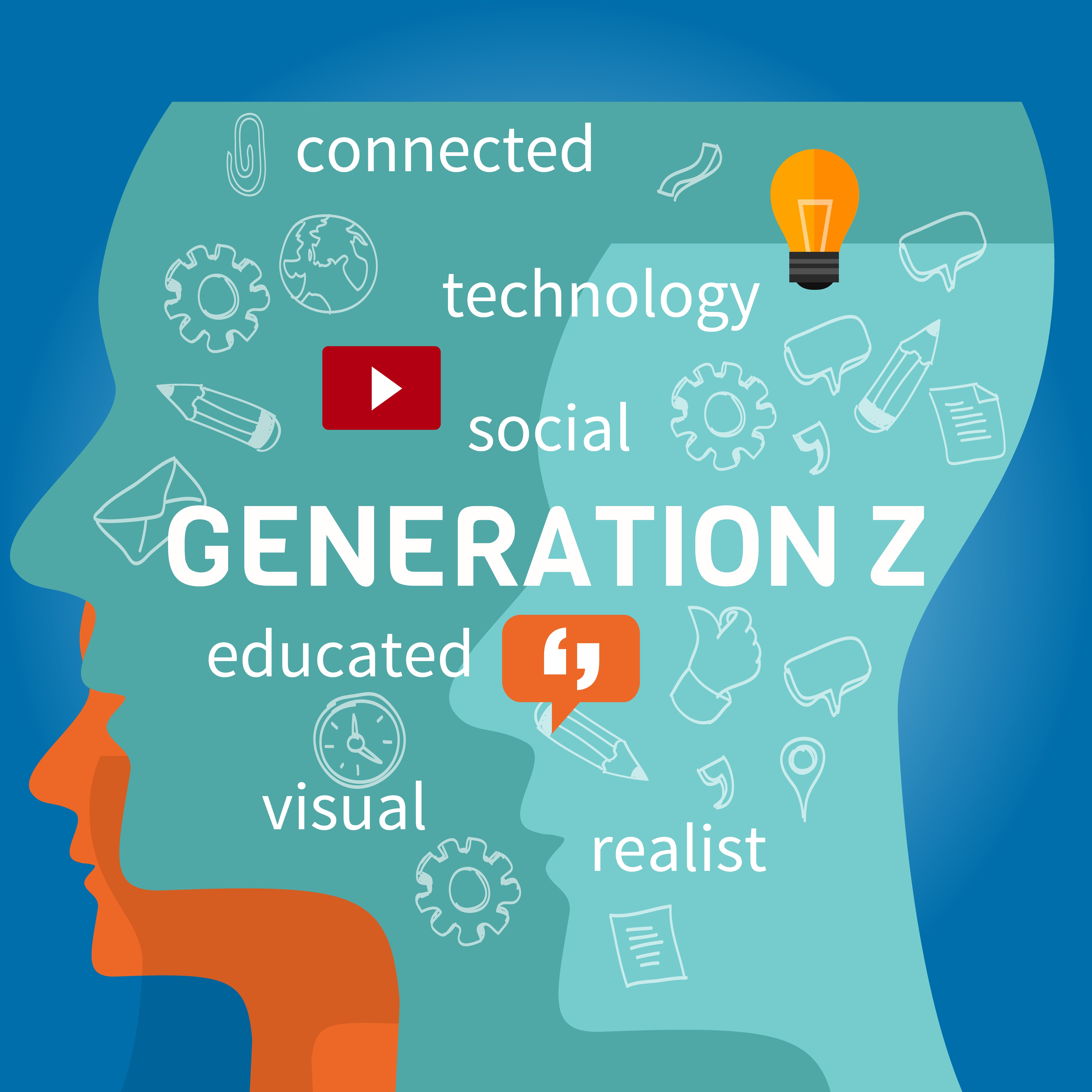As the end of the year approaches, it a good time to talk about making a fresh start in the new year. One way to ensure your employee benefits program gets off to a good start in January is through a series of audits.
Two of the more popular benefits audits are Dependent Eligibility Audits and Claims Audits; both are typically conducted to drive longer-term health plan objectives as well as to receive immediate, short term returns or a one-time recovery of funds.
By making use of these periodic audits, businesses can more easily control the rising costs of employee benefits, while protecting the program from purposeful fraud or accidental waste. These audits also protect your workforce from unnecessary expenses and possible denials of coverage which could prove financially disastrous.
We'll cover the "ins and outs" of claim audits in another post, but for now, here are some general guidelines to follow with Dependent Eligibility Audits.
Dependent Eligibility Audits 101
Eligibility audits identify plan participants who should be purged from the rolls because they no longer qualify for benefits. Examples include divorced spouses, adult children who age-out of eligibility, and nieces or nephews living with an employee.
According to AON, these audits typically find 5 to 7 percent of dependents do not meet eligibility criteria. Other sources peg the number at closer to 20 percent. With the average cost of covering a dependent costing an employer $3,500 a year, companies can easily lose upwards of hundreds of thousands of dollars when providing health care to ineligible dependents. Losses of this magnitude can affect a company's bottom line, and its ability to fund other important employee benefits.









